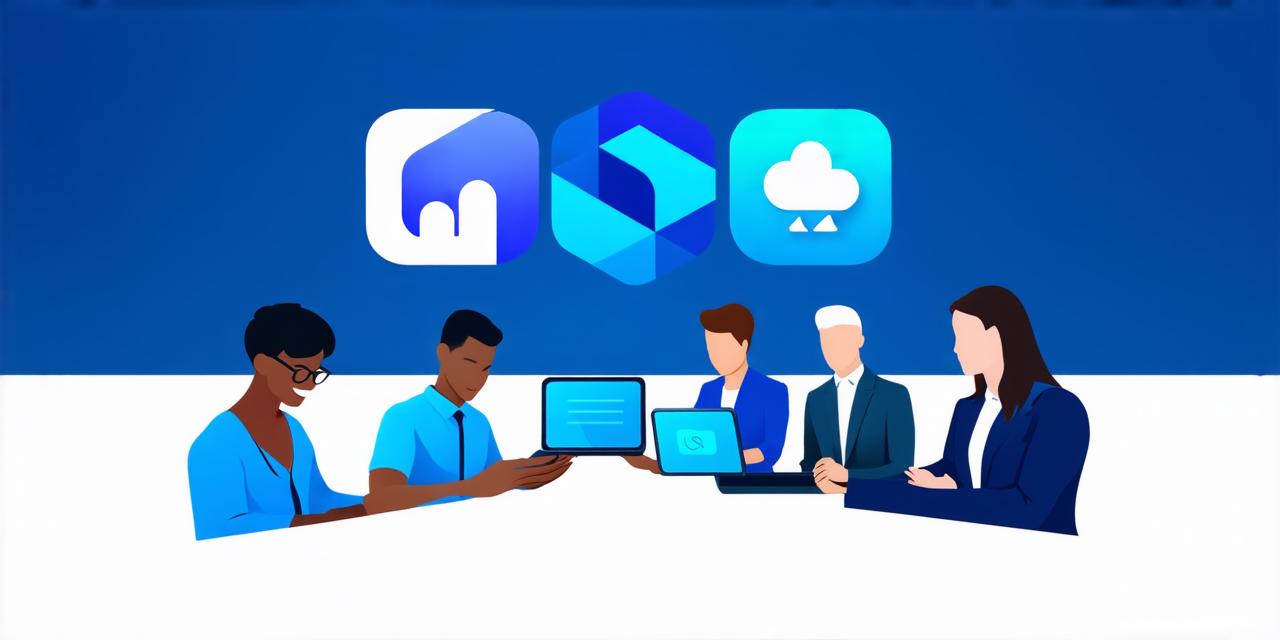As technology advances, mobile app development has become more diverse. With the growing popularity of hybrid apps, it’s important for users to understand what a mixed app is and how it works. In this article, we will provide an overview of mixed apps, including their definition, benefits, and limitations.
What are Mixed Apps?
Mixed apps are mobile applications that combine elements of both native and web-based technologies. They use a combination of native code for performance-critical tasks and web-based code for other tasks, such as data storage and retrieval. This allows developers to leverage the strengths of both approaches while minimizing their weaknesses.
Benefits of Mixed Apps
One of the main benefits of mixed apps is that they offer improved performance compared to pure web-based apps. By using native code for certain tasks, mixed apps can take advantage of the device’s hardware and operating system, which results in faster and smoother performance. Additionally, mixed apps can store data locally on the user’s device, making them more efficient when it comes to accessing frequently used data.
Limitations of Mixed Apps
Despite their many benefits, mixed apps also have some limitations. One of the main challenges is maintaining consistency across different platforms. Because they use web technologies for some aspects of their functionality, mixed apps can be easily deployed and updated on a wide range of devices, including smartphones, tablets, and desktop computers.
Limitations of Mixed Apps
Despite their many benefits, mixed apps also have some limitations. One of the main challenges is maintaining consistency across different platforms. Because mixed apps use both native and web technologies, developers need to ensure that the app’s behavior is consistent across all platforms. This can be difficult to achieve, especially when dealing with complex interactions between different code components.
Limitations of Mixed Apps
Another limitation of mixed apps is that they require more development resources compared to pure web-based or native apps. Because mixed apps use both native and web technologies, developers need to have expertise in both areas. Additionally, because mixed apps are accessible across multiple platforms, developers need to test their apps on a wide range of devices and operating systems. This can be a time-consuming and resource-intensive process.
Conclusion
Mixed apps offer a unique combination of performance and accessibility, making them an attractive option for mobile app development. While they have some limitations, the benefits of using mixed app technology are significant. As technology continues to evolve, it’s likely that we will see more and more developers embracing this approach to mobile app development.



